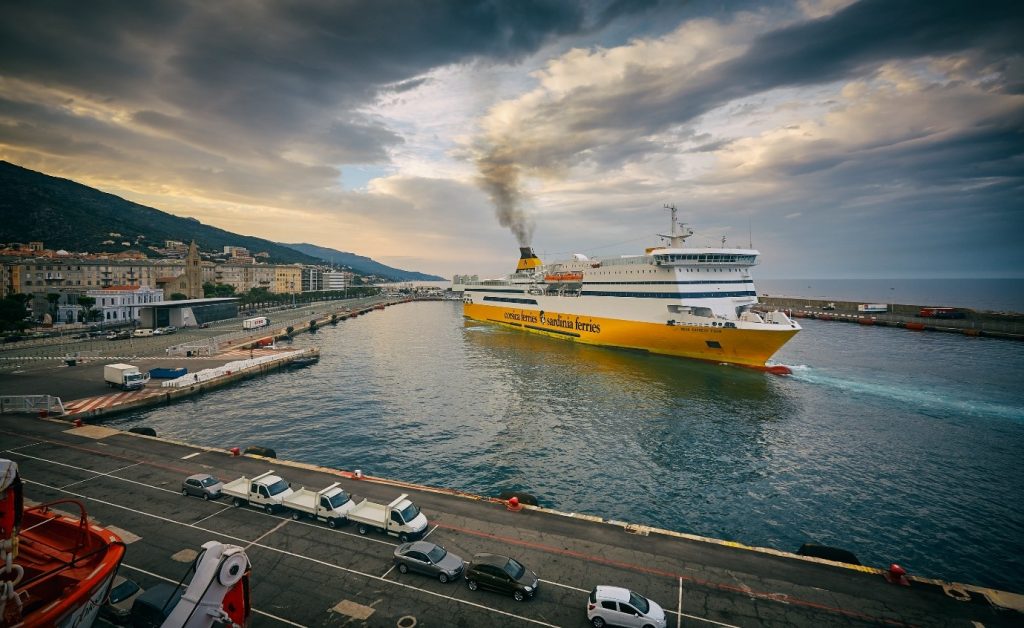Global shipping industry has been able to ignore the call to find means to reduce emission for a long time on basis of accountability and many other uncontrollable parameters. But International Maritime Organization’s (IMO) has decided to reinforce the regulations from 1st of January 2020 and since then emission reforms have been the topic of discussion. In our last article (Include the link of the previous article) we saw the reasons behind the IMO’s momentous regulation sets and the ambitious targets set out as a step towards greener future.
The reforms are estimated to cost shipping industries approximately 15B USD per year considering their current consumption of 4.4 M barrels of oil per day. These increased costs are going to have a consequences of higher magnitude on logistics industry and global economy at large. There are lot of options available which if implemented can bring down the emissions in the IMO’s desired range.
Here are some of the possible pathways to get there:
- Implementation of Technology
As mentioned in the last article (Link) IMO GHG study suggests that, ship’s energy consumption and emissions of Carbon dioxide can be reduced up to 75% by optimizing operations by implementing the technology which is readily available in the market.
Shipments scheduling, loading and unloading and many other processes exercised in the shipping operations are still highly manual. Implementation of technology can assist the ship operators in route optimization, use of sensors and data analytics can enable informed decision making using real time information which will directly reduce the fuel consumption and ultimately emissions.
- Use of Alternate Energy
Recently, ship design and building companies have developed few models to take advantage of wind energy using sails and reduce the fuel consumption of the ships. Use of alternate energy sources like liquefied natural gas, electric energy, methanol and hydrogen fuel cells are some of the very first options that need to be explored at larger scale. Some of them are successfully being used for ferries and small vessels.
- Use of Scrubbers
Scrubbers are the exhaust gas cleaners which control the emissions, use of scrubbers is a cost effective solution in long run and can allow the ship operators to continue using the fuel oil while remain compliant to the new emission regulations.
Scrubbers can also be used to for heat recovery from the exhaust gases which can be utilized in many other operations leaving impact directly on overall efficiency of the vessel.
- Electrification of Ports
A large amount of emission and Greenhouse gases (GHG’s) are released by the ships when they are at the ports waiting for loading, unloading or approvals; during the time their engines run idle for long time to generate power for on board operations. Providing the ships within the certain vicinity of the ports with electric power can reduce the pollutants discharge drastically and can also expedite the port operations.
- Optimizing the propeller Speeds
In other words, by slowing down to keep the constant speed and optimize the fuel consumption is one of the way to do so. Just like driving bike or car in certain speed range can improve the fuel efficiency, optimizing the propeller speeds can help to improve the vessels fuel efficiency. Besides, advanced methods can be integrated to optimize the propeller speed, hybrid or electric powered propulsion, improved propeller designs are some of them.
With no options left to side-line the IMO regulations, companies have to undergo the operational transformation to meet compliance before the start of 2020 and apt time to do so is now. Number of solutions being the options for the same, implementation of the technology promises the highest potential in quick turnaround of time with assurance to aid other shipping operations.
